Dana Christen and Rebecca Hixson collaborated on the first effort published, "Veterans Feel at Home in Housing Built for Them," focusing on the lone initiative among the five chosen by the class to actually win a MANDI. "Working on this project really made me appreciate living in Milwaukee," Christen wrote on her course blog.
Caroline Campbell and Olivia Morrissey reported on a program focusing on people who have been incarcerated in "WCS is 'Friend for the Friendless.'" Referring to McGowan, Campbell wrote in a blog post, "When I first met her and learned about MNNS, my immediate reaction was, "That's amazing. I want to do something like that with my life!"
Joseph Kvartunas and Alex Rydin teamed on the report headlined "Beerline Rec Trail Rejuvenates Neighborhoods." Kvartunas wrote on his blog that "it was a good experience that featured a lot of 'Hard Knocks'-style learning on our part, but it was a heck of a good time," while Rydin shared on his post that "when I started, I expected this to be just another class project. I had no idea it would turn out to be a defining moment of my college career."
Melanie Lawder and Shoshauna Schmidt worked on "53rd Street Community Garden Bridges the Gap." Love this from Lawder's post: "The final product of our reporting was, in my opinion, worthy of a Pulitzer Prize – and seeing it published (by) a news service was immensely gratifying." Schmidt shared in hers that "I actually have an answer to how I feel when I see my name in a byline. It is fabulous. Just seeing my hard work being out there for everyone to see is a fantastic feeling. ... As much stress as this story was, I would do it all again in a heartbeat."
Tess Quinlan and Brynne Ramella produced the final piece published, "Cluster II Grow and Play Lot Pulls at Heartstrings." In her post, Ramella wrote, "This project was my biggest learning experience in my young journalism career. I stepped out of my comfort zone to find fantastic stories about great people." And how about this from Quinlan: "If I learned one thing from this project, it is that a community is not created and nurtured by street signs or white picket fences. It is the dedication and love of people ... that create a community ..."
As an added bonus, and for the first time since my students began working with NNS, another local media company picked up the project by Quinlan and Ramella. Click here to see the shared posting on Monday via Fox6Now.com.
Amazing! Hard knocks? Stress? Pulitzer? Biggest endeavor? Biggest learning experience? Just like I planned it!
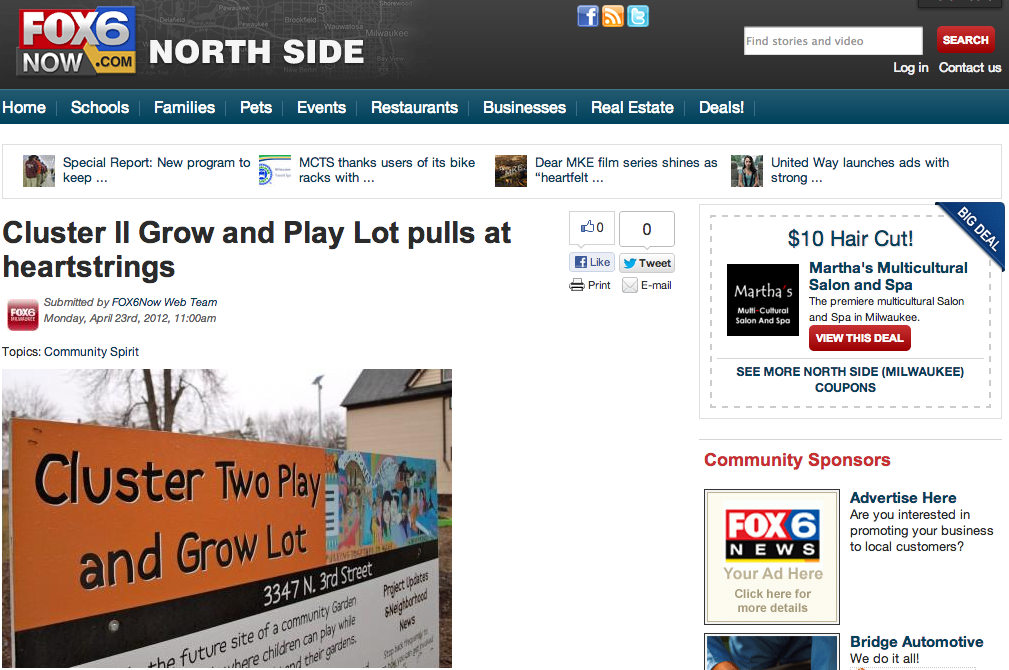
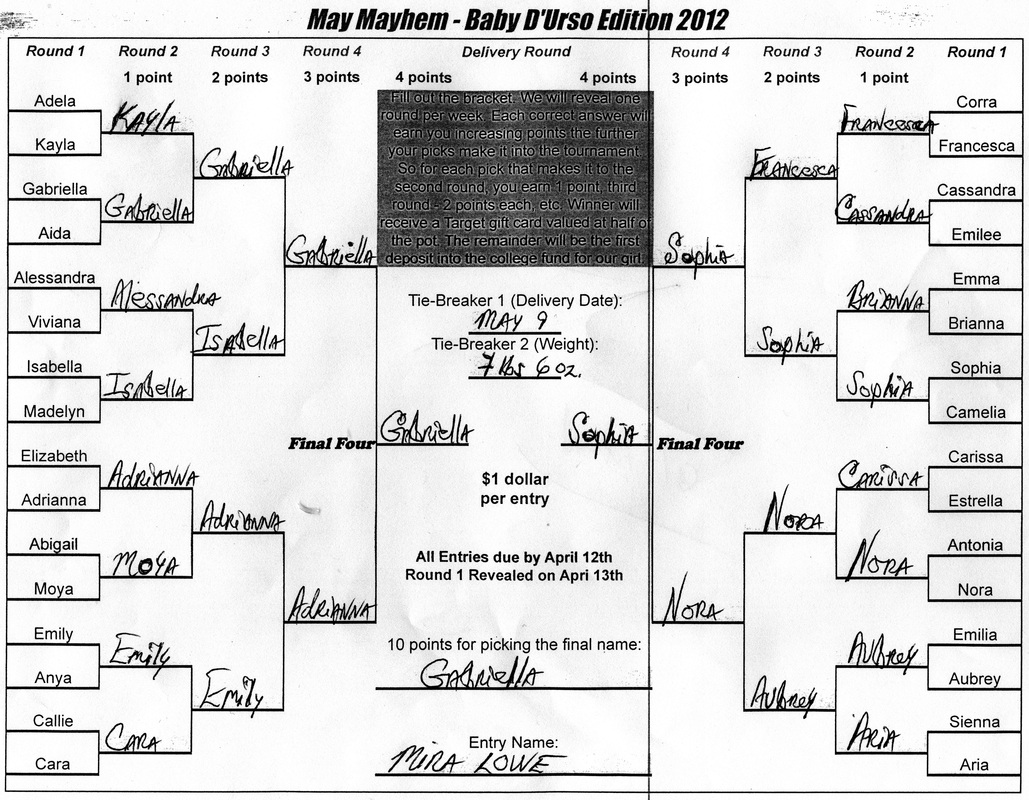
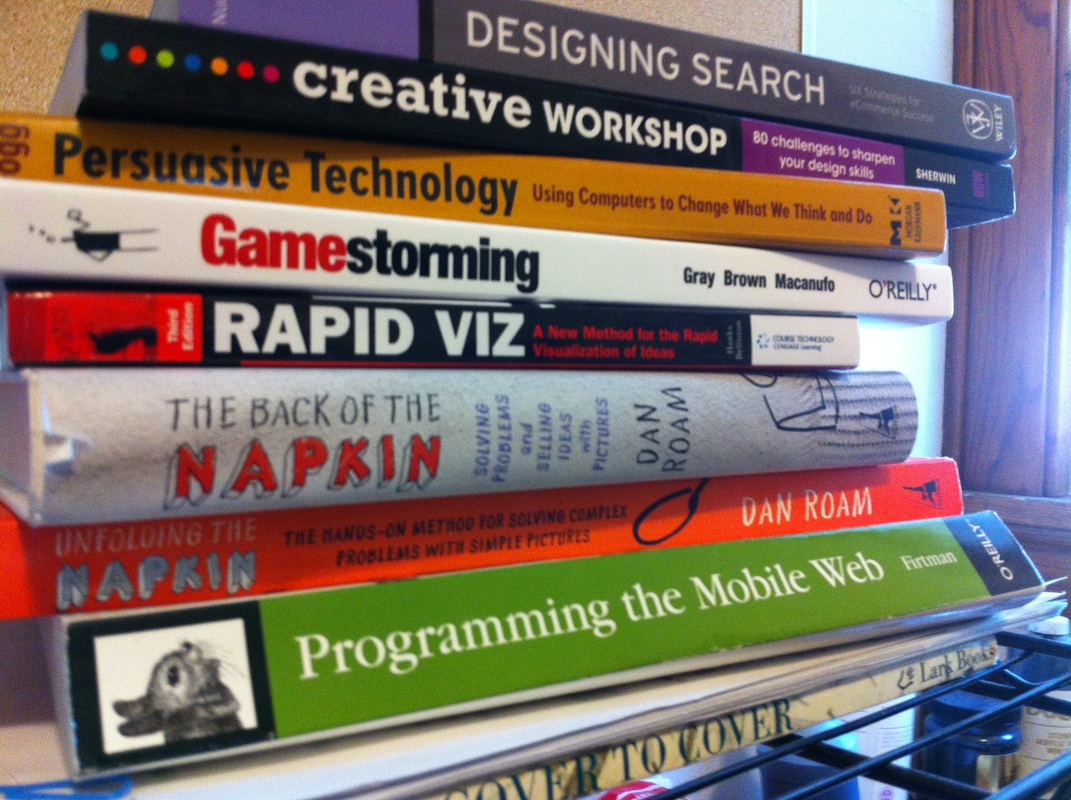
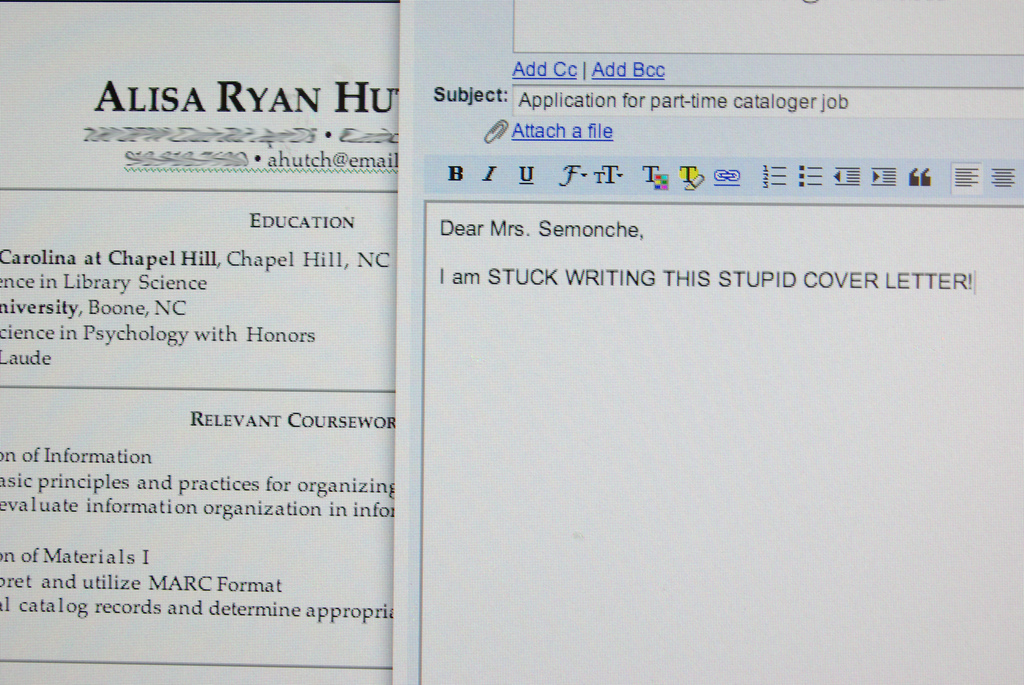
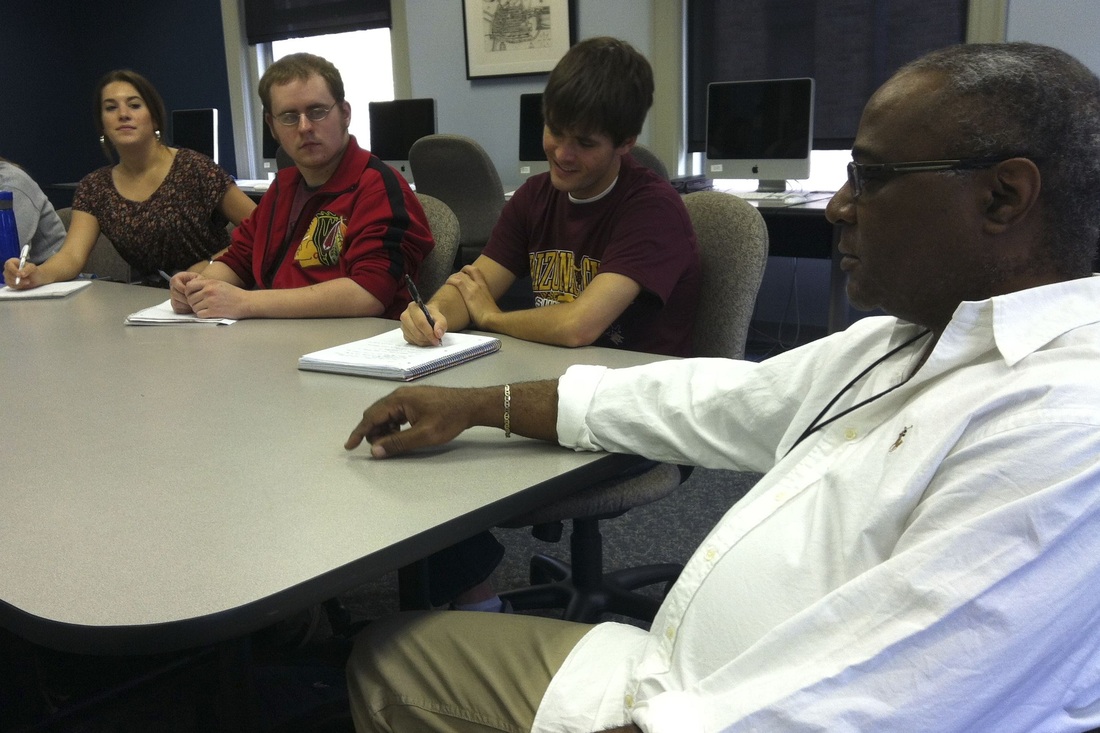
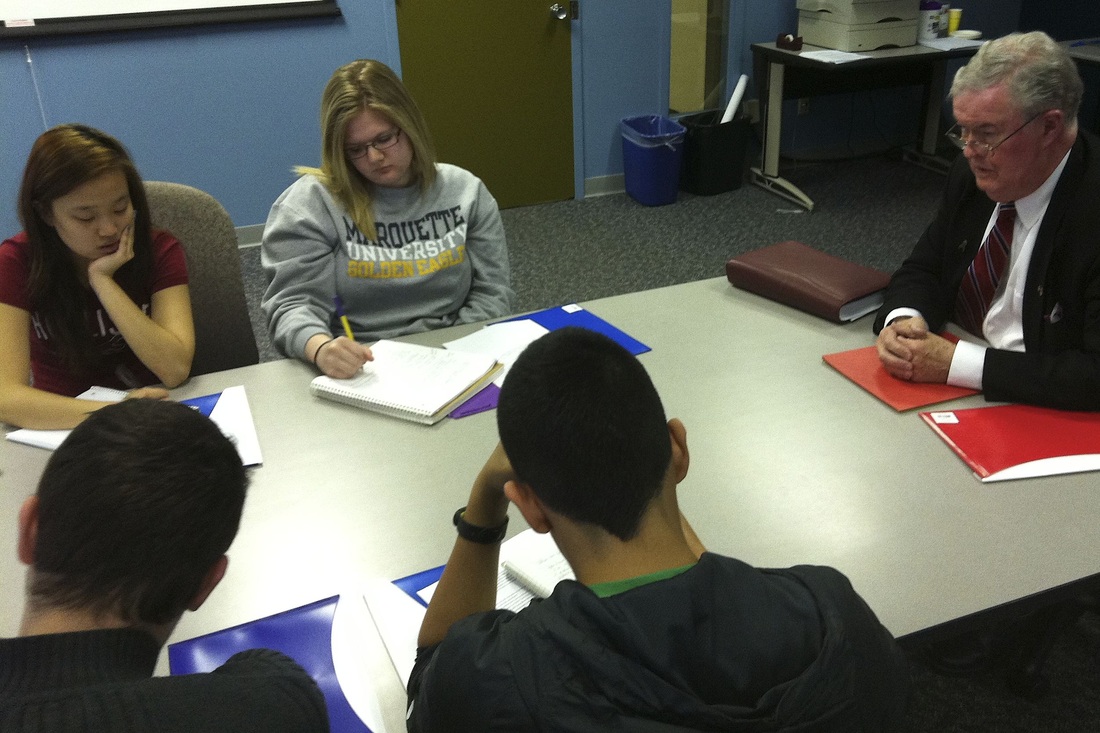
 RSS Feed
RSS Feed
